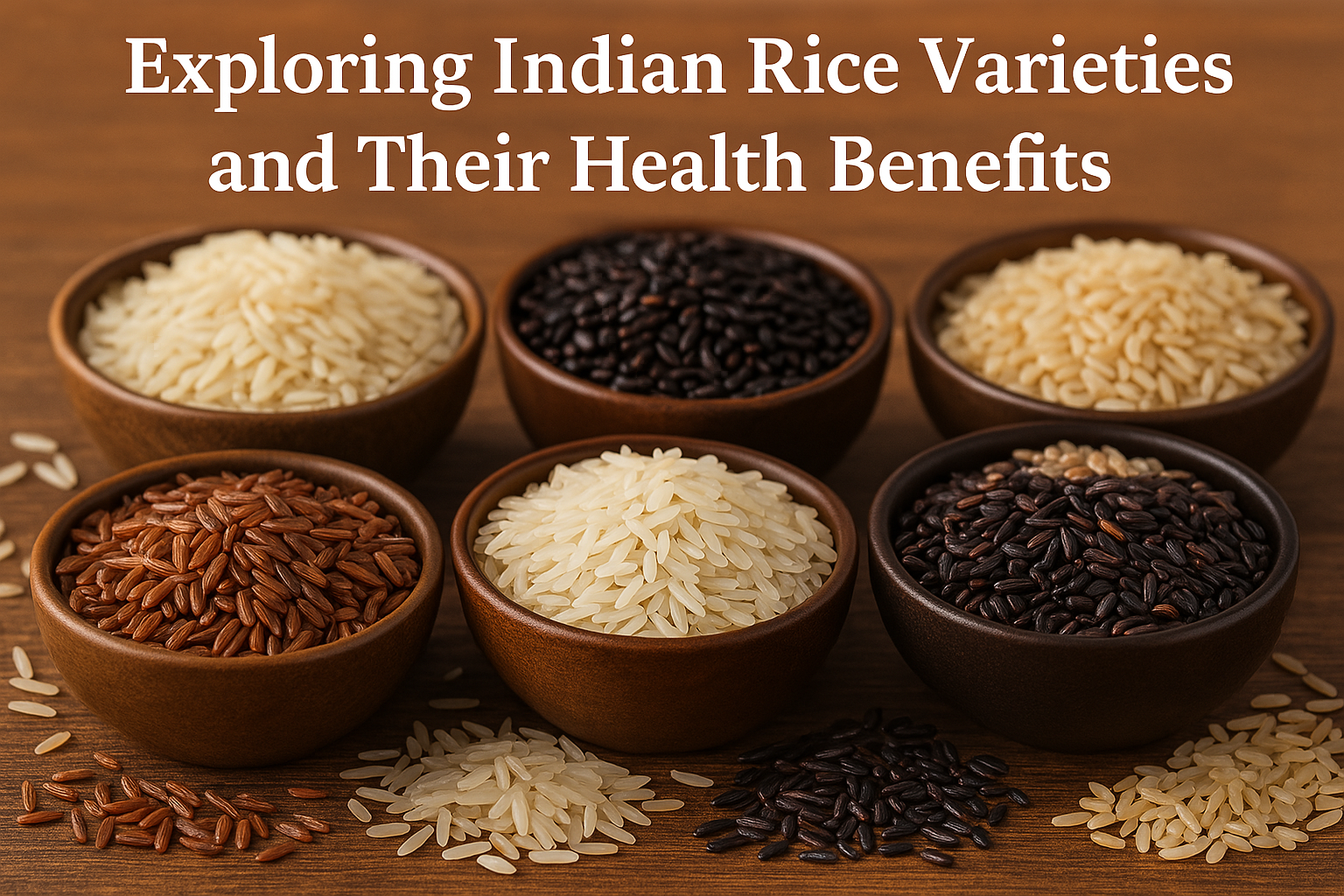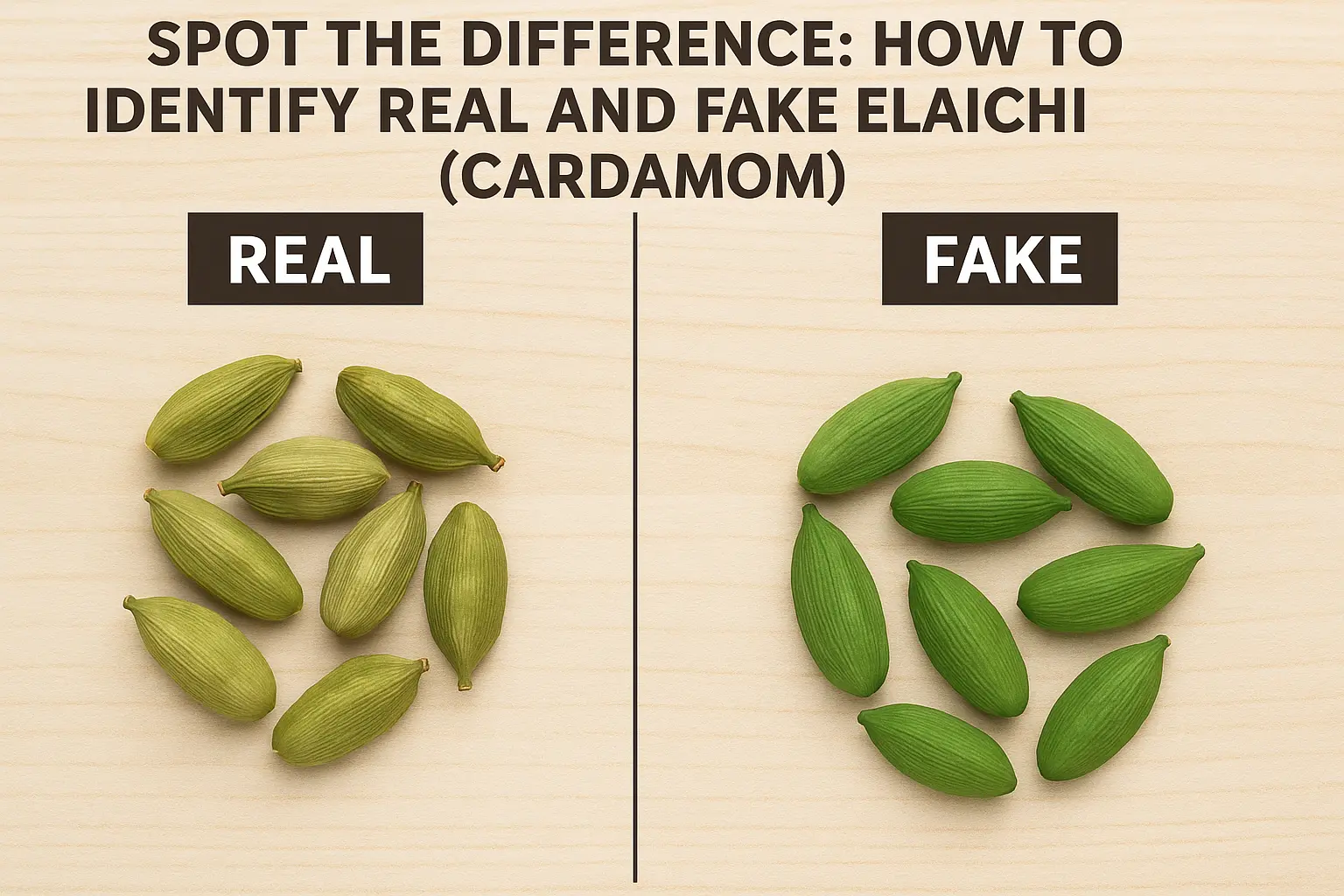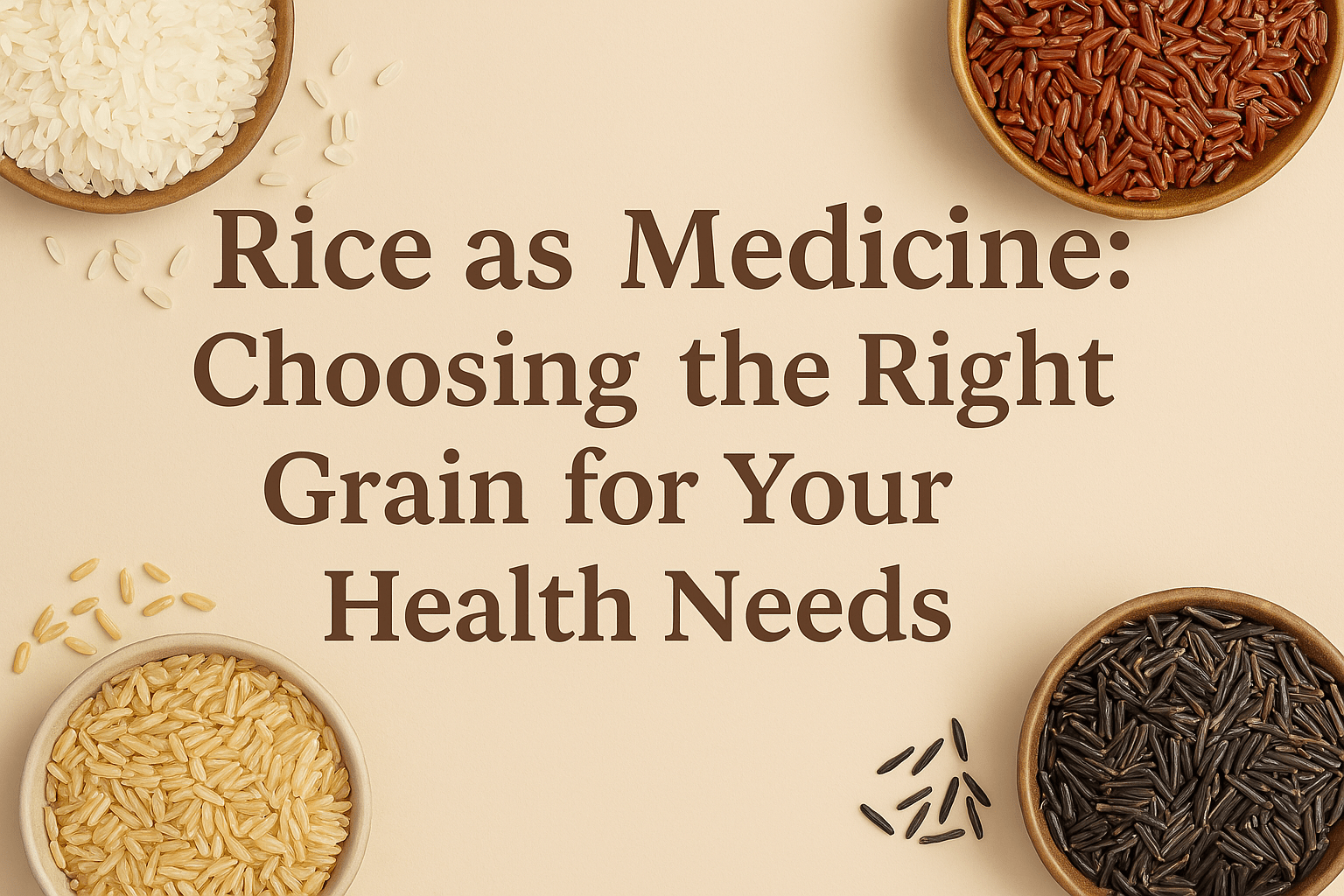Growing your edible plants at home is an exciting way to bring fresh, healthy produce to your table. If you are new to gardening, then growing edible plants at home is a great place to start. Whether you have a large garden outside or just a small balcony space, many easy-to-grow edible plants can provide delicious vegetables and herbs. They are not only tasty, but they have amazing nutritional benefits. Dhanush Kumar lists down the must-grow edible plants at home.
- Carrot

Carrot or Gajjar is a vegetable that can be used in mixed vegetable dishes and puddings. You can successfully grow carrots indoors with 6-8 hours of daylight. Carrots are quite suitable for indoor gardening because they take up less space. Place the seeds in a deep pot with good drainage holes and water the seeds regularly. It takes 60-80 days to get carrots in good size and flavour.
Best time to plant: August-September.
- Tomatoes

Tomato is a healthy vegetable that can be easily grown in any space. They can grow well in pots that are 18-24 inches wide or more. Tomatoes require a warm temperature, and you have to wait for 30-40 days before harvesting them. Make sure that you give them plenty of sunlight and water daily.
Best time to plant: March-June
- Potatoes

You can grow potatoes indoors because they do not require deep soil. A small pot can grow around five pounds of potatoes. Be sure that the container you are growing in has holes for drainage and water. They take less space and reap rapidly within a short period.
Best time to plant: Mid-June to Mid-July and October-November.
- Chilli

Chilli or Mirchi is the most common vegetable utilized in dishes to add a little spice to your dishes. You can grow chill inside your home, and you can collect them whenever you want. The location of the pot should have a minimum of 6-7 hours of sunlight every day because chillies require warm and humid environments.
Best time to plant: May-June, September-October
- Green Beans

Green beans are the basic pieces for the flavoured mixed vegetable dishes because it has a unique subtle taste to them. Sow the beans seeds directly into the soil about 1 inch deep, and wait for 50-60 days after planting to harvest your green beans. Like all vegetables, beans grow abundantly in daylight in moist or damp soil.
Best time to plant: August-September, and December-February.
- Coriander

Coriander or Dhaniaya is used mostly for garnishing various Indian dishes. Before you plant coriander into the pot, pound the seeds and part them into two. Place the pot in an area where the plant gets at least 4-5 hours of sunlight. Coriander takes almost one to two weeks to grow, and you can take them instantly to use in your kitchen.
Best time to plant: March-September
- Lemon Grass

Lemongrass is a popular plant that is used for flavouring herbal teas. It can be easily grown in your garden or the kitchen as well. It is a sun-loving plant. Root the lemongrass in water for one week, and keep changing the water daily. Cut the stalks to 3 inches and place them in a large pot with good soil or you can simply plant them in the ground. Make sure to water every day for the first week, and the plant is ready to harvest in 3-4 months.
Best time to plant: Any time of the year.
- Radish

Radish or Mooli is a root vegetable, and it is used as an addition to salads. Just like the carrot, Radish also needs to be planted in a deep pot or container with good drainage and natural soil. Usually, radishes take three to five weeks to harvest after planting.
Best time to plant: September-January
Conclusion
Growing edible plants at home can have numerous benefits and a sense of pride in growing your food. It also helps reduce your carbon footprint. Start small, then experiment with different plants and discover the joy of growing your food in your backyard.





























